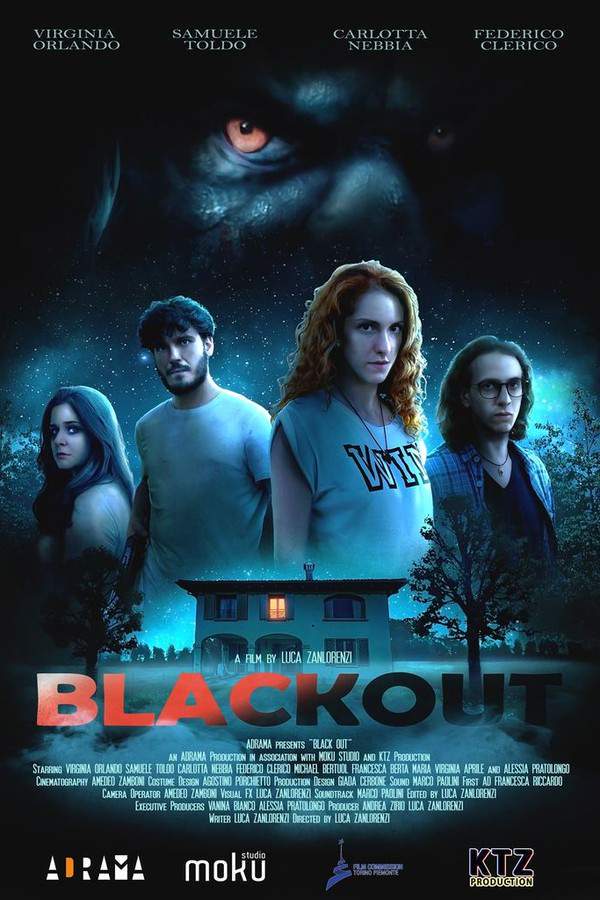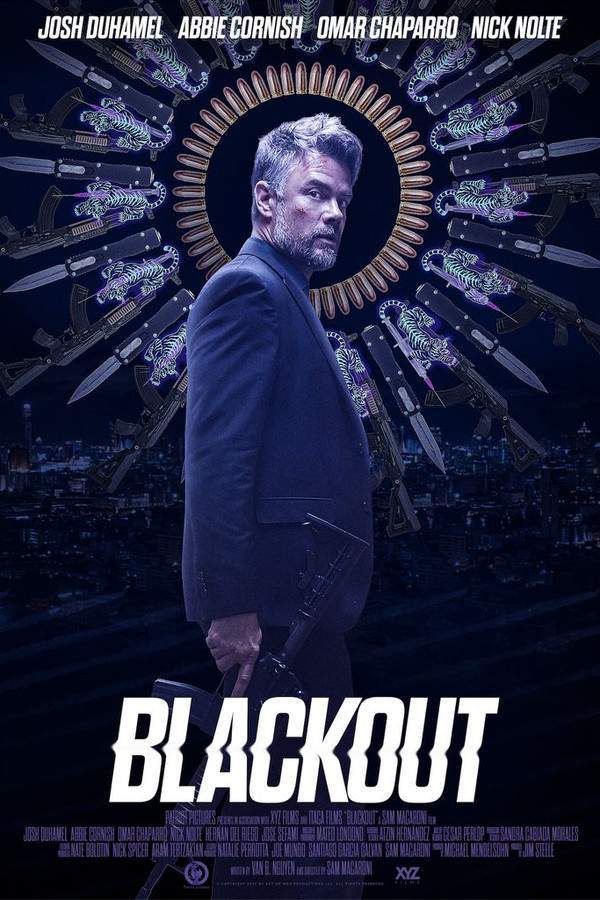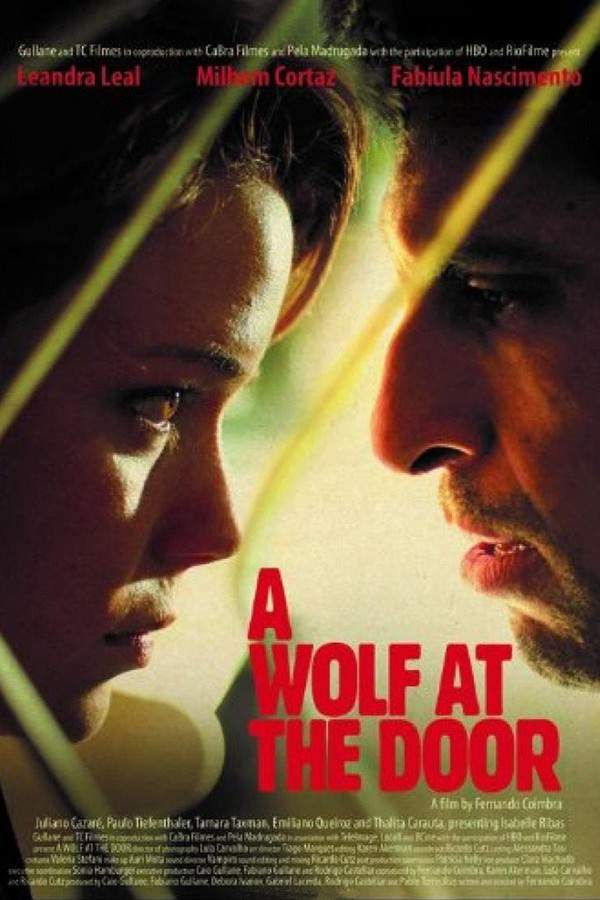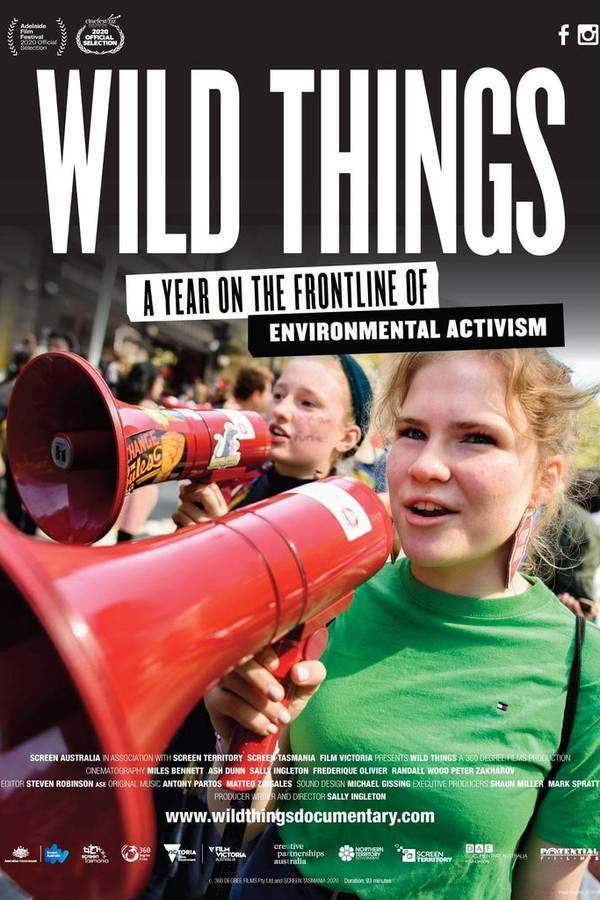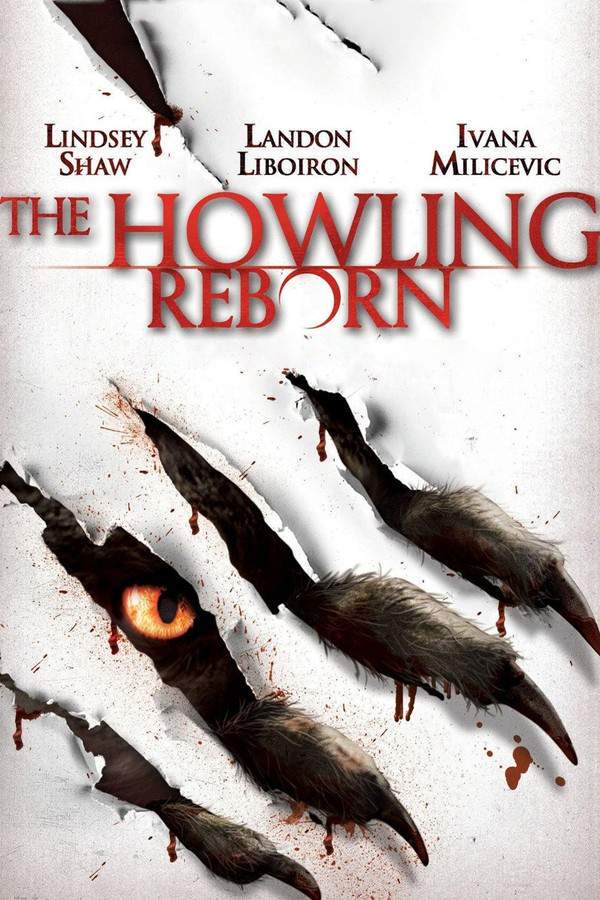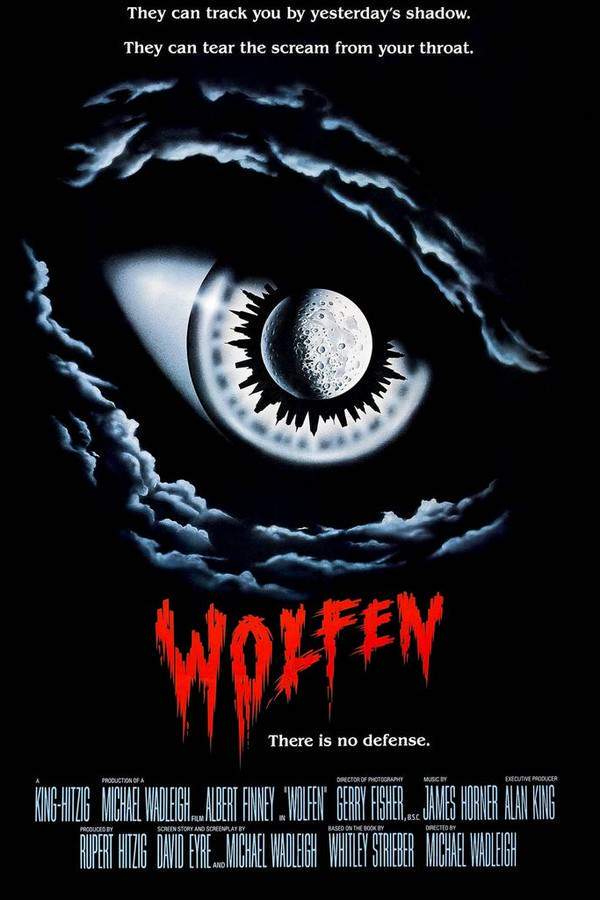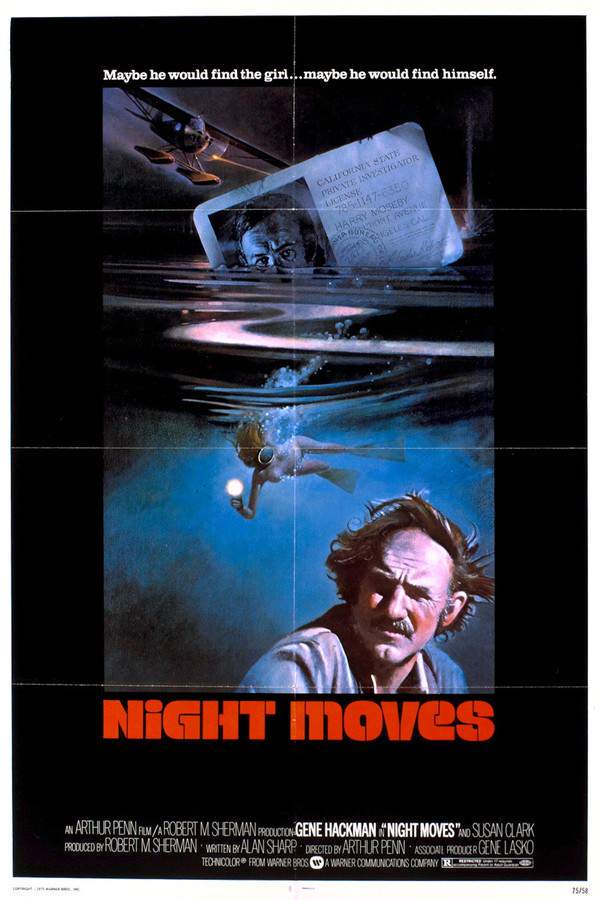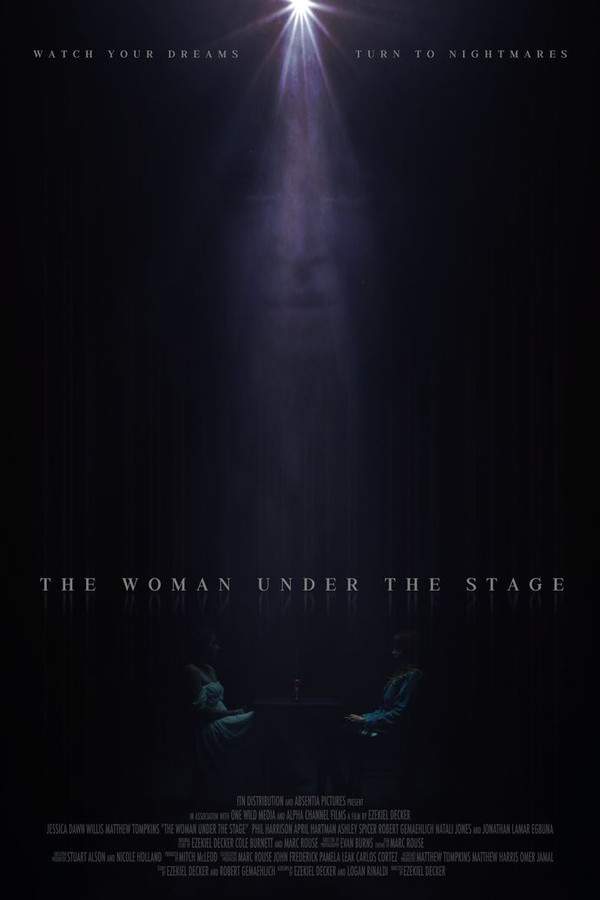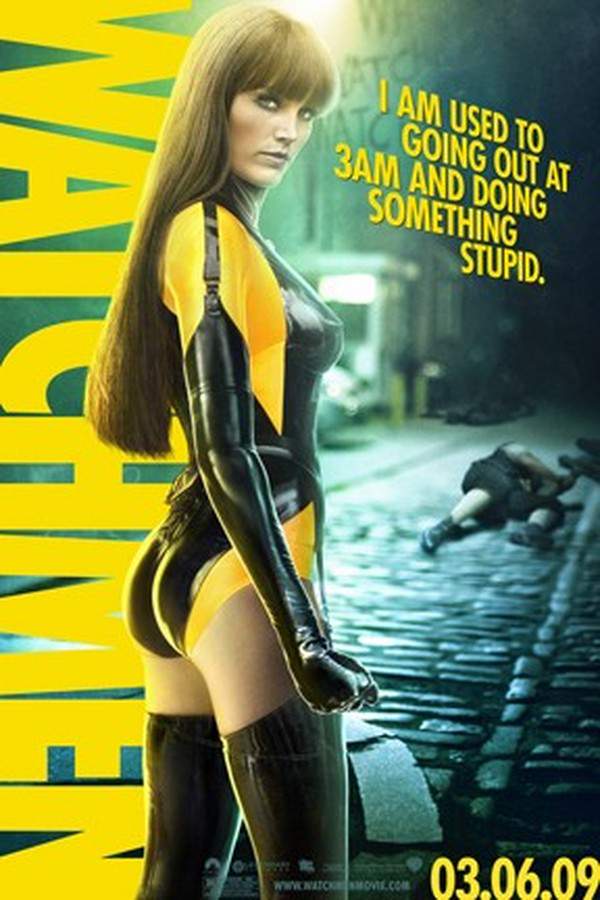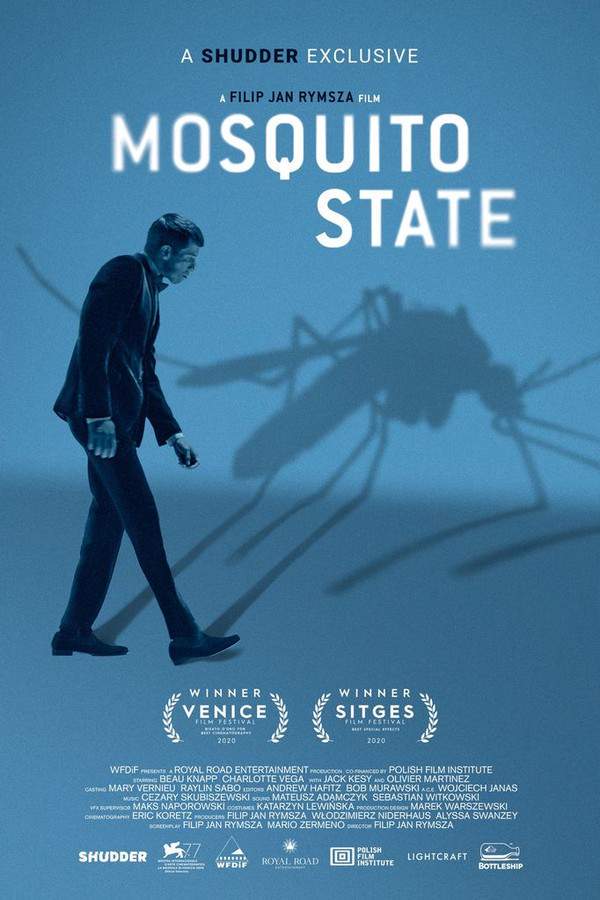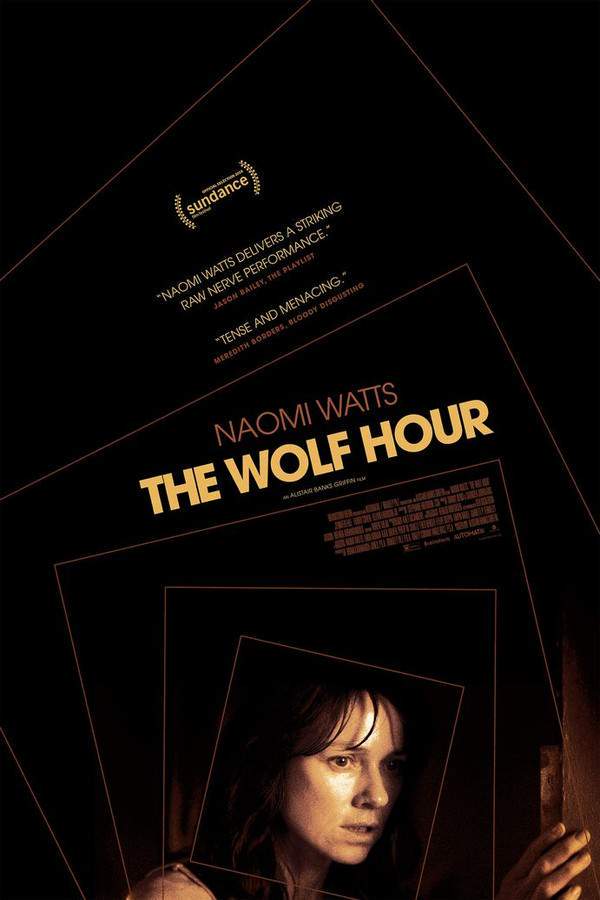
The Wolf Hour 2019
Directed by

Alistair Banks Griffin
Made by

Brainstorm Media
The Wolf Hour Plot Summary
Read the complete plot summary and ending explained for The Wolf Hour (2019). From turning points to emotional moments, uncover what really happened and why it matters.
In the brutal heat of 1970s New York City, former wordsmith June Leigh finds herself trapped in a self-made fortress within her grandmother’s deteriorating apartment. Once lively, the neighborhood below has transformed into a crime-ridden hellscape, but June remains anchored in her solitude, unable to summon the courage to step outside amid the notorious “Summer of Sam.” Her existence devolves into a daily cycle of anxiety, with her only connection to the world being the view from her fourth-floor window, where she gazes longingly yet helplessly at life passing by.
The tide of June’s seclusion begins to shift with the visit of her estranged friend, Margot. Margot’s presence starkly exposes June’s downward spiral into despair as she confronts the dilapidation of June’s living space—a physical embodiment of her emotional decay. Margot’s determination to coax June out of her self-imposed isolation highlights the struggle against June’s debilitating panic attacks, which form an unbreakable wall between her and the outside world.
As June grapples with her demons, her intercom buzzes relentlessly, echoing the reminders of the world she yearns to evade. In an attempt to equip June with a means of protection, Margot gifts her a .38 caliber gun, symbolizing the fragility and uncertainty that shroud her existence.
The root of June’s troubles gradually surfaces through haunting flashbacks that recount the painful loss of her father—his death, a source of family condemnation stemming from her controversial writing. This emotional wound, compounded by a severe writer’s block, leaves June creatively parched and emotionally desolate.
In a moment of unexpected vulnerability, June allows Freddie, a young grocery delivery boy, to wash up in her sink. This seemingly simple act of kindness ignites an unlikely friendship, marred by Freddie’s own tragic history—his mother lost in a house fire, leaving him with deep emotional scars.
Amidst her struggle for solace, June becomes acutely aware of an insidious force: the persistent buzzing of the intercom, a response from the world that she ardently avoids. An officer, Officer Blake, appears to offer his condolences, but his assurance rings hollow as he suggests a dubious exchange for protection.
In her desperate yearning for human connection, June is lured into fleeting moments of intimacy and transactional relationships. The unraveling dance happening in the adjacent apartment becomes a proxy for June’s repressed desires. When she finally gathers the courage to invite Billy, a male escort, to her home, their encounter is a fusion of desperation and detachment.
Billy, with his own tortured past marked by childhood abuse, resonates with June’s struggles. Their shared journey through desire acts as a catalyst for June’s creative rebirth. Amidst their laughter, the intercom continues its incessant call, drawing June back to the reality outside her window.
As June’s finances dwindle, she tasks Freddie with delivering her freshly written novel to the publisher. However, fate takes a cruel turn when he disappears without returning her check. Soon after, a power outage engulfs the neighborhood in chaos as rioters and looters seize the moment. Alone and frightened, June becomes a bystander in the rising anarchy.
In the madness, she catches a glimpse of Freddie once more, only to witness a shocking scene where an officer mercilessly beats him. Undeterred and resolute, she finally musters the bravery to step outside, her eyes fixed on the horizon as dawn breaks over the devastation.
The film reaches its climax as June stands transformed, having conquered her internal struggles, perched confidently in front of a television camera. The charismatic host leans in with a probing question about her latest literary work, inspiring a knowing smile that hints at her hard-won revival.
The Wolf Hour Timeline
Follow the complete movie timeline of The Wolf Hour (2019) with every major event in chronological order. Great for understanding complex plots and story progression.
June's Isolation Begins
In the sweltering heat of 1970s New York City, June Leigh finds herself trapped in her grandmother's dilapidated apartment. The outside world, once vibrant, has turned into a crime-ridden nightmare marked by the infamous 'Summer of Sam', leaving June tormented by her self-imposed isolation.
Visit from Margot
June's estranged friend, Margot, visits her, revealing the extent of June's mental decline. Margot's concern highlights the stark contrast between her own life and June's crumbling existence, filled with panic attacks and emotional despair.
Gift of Protection
Understanding the gravity of June's situation, Margot gifts her a .38 caliber gun, symbolizing the fragility of June's mental state. This act signifies the precarious balance between safety and the looming threat of danger in June's life.
Confronting the Past
Haunting flashbacks reveal June's traumatic past, including the painful loss of her father, whose death was shrouded in familial condemnation. This emotional turmoil, coupled with severe writer's block, leaves her feeling creatively parched and despondent.
An Unexpected Connection
In an unexpected moment of vulnerability, June allows Freddie, a young grocery delivery boy, to wash up in her sink. Their budding friendship reveals layers of emotional scars, as Freddie also grapples with the tragic loss of his mother in a house fire.
Echoes of the Outside World
As June continues to battle her demons, the relentless buzzing of the intercom serves as a reminder of the world outside she desperately tries to avoid. An officer named Blake attempts to offer his support, but his words feel empty and untrustworthy.
Fleeting Moments of Intimacy
In her search for connection, June engages in fleeting and transactional encounters, culminating in a visit from Billy, a male escort. Their encounter is characterized by a mix of desperation and detachment, reflecting June's inner turmoil.
Creative Rebirth
As June connects with Billy, who shares his own traumatic past, the encounter sparks a creative revival within her. Laughter fills the room, yet the unrelenting intercom continues to pull her thoughts back to the world she feels alienated from.
Freddie's Disappearance
Struggling financially, June assigns Freddie the task of delivering her newly completed novel to a publisher. However, when he fails to return with the payment, June is left in despair, as her situation grows increasingly precarious.
Chaos in the Streets
A sudden power outage plunges the neighborhood into chaos as rioters and looters create an atmosphere of fear and uncertainty. Alone in her apartment, June watches the unfolding anarchy outside her window, feeling trapped in her own fears.
Witnessing Violence
In the midst of the chaos, June catches a glimpse of Freddie being brutally beaten by an officer, a harrowing sight that stirs her emotional resolve. This violence serves as a catalyst for June's transformation, igniting a spark of courage within her.
Stepping into the World
Determined to confront her fears and the chaos outside, June finally gathers the courage to step out of her apartment. With her eyes fixed on the horizon, she steps into a new reality, ready to reclaim her life amidst the devastation.
Transformation and Revival
The film culminates with June standing confidently in front of a television camera, transformed by her struggles. As the charismatic host probes her about her literary work, a knowing smile of triumph reveals her hard-won revival.
The Wolf Hour Characters
Explore all characters from The Wolf Hour (2019). Get detailed profiles with their roles, arcs, and key relationships explained.
June Leigh (Naomi Watts)
June is a former wordsmith who has retreated into solitude due to her overwhelming anxiety and past traumas. Living in a deteriorating apartment, she embodies the struggle against mental health issues, grappling with panic attacks and writer's block. Despite her despair, her journey towards connection and personal growth is both poignant and transformative.
Freddie (Kelvin Harrison Jr.)
Freddie is a young grocery delivery boy who forms an unlikely friendship with June. Carrying his own emotional scars from a tragic past, he becomes a crucial figure in June's journey to reclaim her life. His kindness and support help catalyze June's transformation, allowing her to confront her fears and find hope.
Margot (Jennifer Ehle)
Margot is June's estranged friend who represents a connection to the outside world. Her determination to help June escape her isolation reveals the depths of their friendship and the importance of support in overcoming personal challenges. Margot's presence serves as a catalyst for June's eventual confrontation with her fears.
Officer Blake (Jeremy Bobb)
Officer Blake portrays an ambiguous figure in June's life, offering hollow reassurances at a time of chaos. His visit reflects the broader societal issues facing the community, as he represents the law amidst rampant violence. His interaction with June serves to highlight her longing for safety and security in an increasingly threatening environment.
Billy (Emory Cohen)
Billy is a male escort who enters June's life as she seeks human connection. His shared experiences of trauma resonate deeply with June, and their encounter embodies a mixture of desperation and detachment. Billy plays a significant role in June's creative reawakening, demonstrating how intimacy can lead to healing.
The Wolf Hour Settings
Learn where and when The Wolf Hour (2019) takes place. Explore the film’s settings, era, and how they shape the narrative.
Time period
1970s
The 1970s in the United States were a time of significant social change and turmoil, with rising crime rates in urban areas and a countercultural movement brewing. This era was marked by the 'Summer of Sam,' highlighting the fear and anxiety gripping New Yorkers due to serial killings and societal instability. June's struggle with mental health mirrors the chaotic environment of the time, trapping her in a cycle of despair amidst a turbulent backdrop.
Location
New York City
The film takes place in the brutal heat of 1970s New York City, a bustling metropolis marked by its vibrant culture and seedy underbelly. During this time, the city was grappling with a wave of crime and social upheaval, epitomized by the infamous 'Summer of Sam.' The neighborhood below June's apartment has transformed into a crime-ridden hellscape, reflecting both the physical and emotional turmoil she experiences.
The Wolf Hour Themes
Discover the main themes in The Wolf Hour (2019). Analyze the deeper meanings, emotional layers, and social commentary behind the film.
🕵️♀️
Isolation
The theme of isolation permeates the narrative as June finds herself trapped within her apartment, distanced from the chaotic world below. Her self-imposed seclusion serves as a protective barrier against her overwhelming anxiety and the violence outside. The film poignantly explores how isolation affects mental health and relationships, ultimately challenging June to confront her fears.
🖋️
Creative Struggle
June's battle with severe writer's block symbolizes a broader creative struggle faced by many artists. As she grapples with personal trauma and familial condemnation, her creativity wanes, leaving her emotionally parched. The re-emergence of her passion, sparked by her connection with Freddie and Billy, serves as a reminder of the transformative power of human interaction in overcoming artistic despair.
⚔️
Courage
Courage is a central theme as June confronts her fears and navigates her external and internal battles. Initially paralyzed by anxiety, her decision to step outside amidst the chaos signifies a turning point in her journey. The interactions with characters like Margot and Billy reveal different facets of bravery, culminating in June's ultimate transformation as she finds the strength to reclaim her life.
The Wolf Hour Ending Explained
Unravel the ending of The Wolf Hour (2019) with our detailed explanation. Understand the final scenes, character fates, and unresolved questions.
You might think the story is about a woman being trapped in her apartment, but at its core, “The Wolf Hour” is really about June’s struggle to confront her inner demons and reclaim her life. Throughout the film, we see her battling literal and metaphorical wolves—her fears, her loneliness, and her past trauma. The heatwave and the dangerous outside world symbolize her internal chaos, while her isolation represents her attempt to shield herself from pain. The buzzer on the intercom, which constantly disturbs her, becomes a reflection of her need for connection and validation, even if that connection is unreliable or false.
Her repeated calls for help from the police and her interactions with the police officer illustrate her desire for safety and understanding, but also highlight her feelings of alienation. The story of the “boy who cried wolf” is echoed in June’s constant questioning of her reality—her calls are dismissed, and her fears are dismissed by others, emphasizing her sense of helplessness. Yet, gradually, she finds a way to break out of her self-imposed prison. Her encounter with a new romantic interest helps her reconnect to her emotions and reminds her that she can face her fears.
In the end, June finishes her manuscript, symbolizing her willingness to face her inner struggles directly. Though her journey includes her stepping outside into the chaotic world beyond her apartment — represented by the storm and the violence outside — it signifies her acceptance that she cannot remain isolated forever. The final scene reveals her with a new book, “Season in the Abyss,” suggesting that she has transformed her pain into art and her fear into understanding. Her smile and confident demeanor indicate she has found a way to confront her “wolf hour,” embracing her narrative rather than being swallowed by it. This ending underscores the film’s message about the importance of facing one’s inner fears and finding strength through vulnerability and connection.
Movies with Similar Twists and Themes
Uncover films that echo the narrative beats, emotional arcs, or dramatic twists of the one you're exploring. These recommendations are handpicked based on story depth, thematic resonance, and spoiler-worthy moments — perfect for fans who crave more of the same intrigue.
Featured on this page

What's After the Movie?
Not sure whether to stay after the credits? Find out!
Explore Our Movie Platform
New Movie Releases (2025)
Famous Movie Actors
Top Film Production Studios
Movie Plot Summaries & Endings
Major Movie Awards & Winners
Best Concert Films & Music Documentaries
© 2025 What's After the Movie. All rights reserved.


